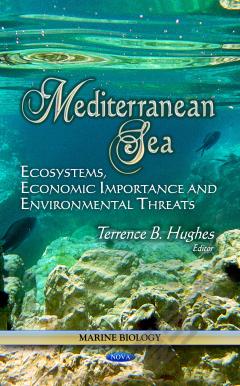Seagrass: Ecology, Uses and Threats
Seagrasses are flowering plants from one of four plant families, all in the order Alismatales, which grow in marine, fully-saline environments. Seagrasses are sometimes labeled ecosystem engineers, because they partly create their own habitat: the leaves slow down water-currents increasing sedimentation, and the seagrass roots and rhizomes stabilize the seabed. Their importance for associated species is mainly due to provision of shelter, and for their extraordinarily high rate of primary production. This book presents current research in the study of seagrass, including ecosystem modeling of seagrass beds; P. oceanica population genetics and proteomics; the impact of hurricanes on seagrass thalassia testudinum in the Caribbean Sea; GIS mapping of seagrass meadows; and the rise of Ruppia in seagrass beds.
{{comment.content}}








 京公网安备 11010802027623号
京公网安备 11010802027623号